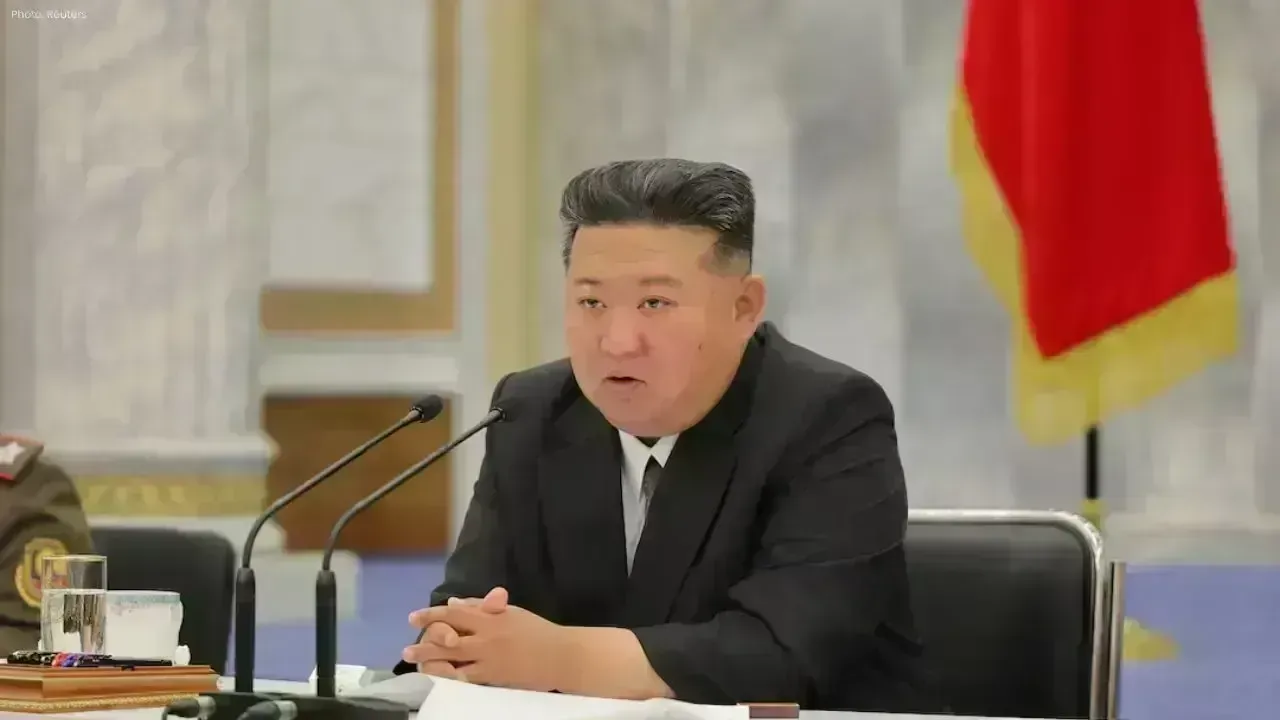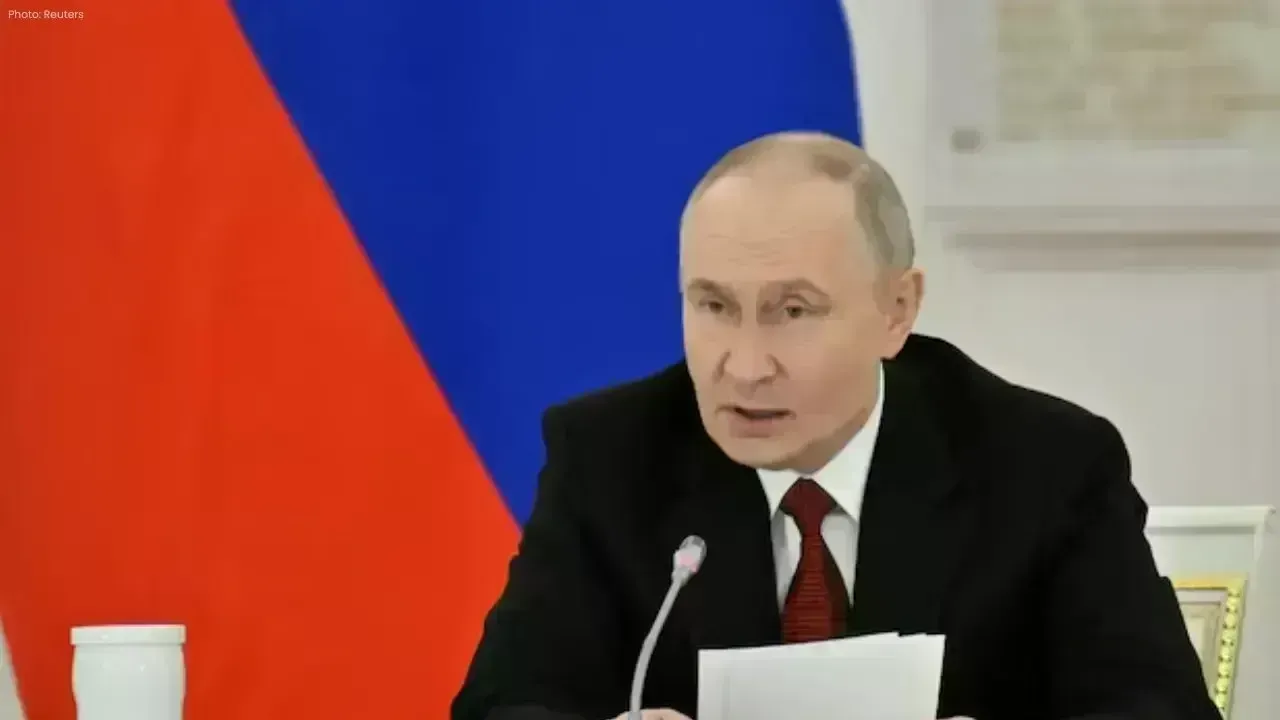You have not yet added any article to your bookmarks!

Join 10k+ people to get notified about new posts, news and tips.
Do not worry we don't spam!

Post by : Anis Farhan
For years, the crypto world operated in a legal grey zone—somewhere between innovation and chaos. But 2025 is proving to be a turning point. From the United States and Europe to Asia and the Middle East, governments are drafting serious, enforceable frameworks to regulate cryptocurrencies, decentralized finance (DeFi), and Web3 projects.
The goal? Bring transparency, protect investors, and curb financial crime—without killing the innovation that drives the sector.
Let’s break down the regulatory shifts that are shaping the future of Web3.
In the U.S., 2025 has already seen the introduction of the Digital Asset Market Structure Act, a long-awaited bipartisan bill aimed at defining how digital assets should be classified, taxed, and traded.
Key changes include:
Clear definition of digital assets as either securities or commodities, depending on their functionality.
Mandatory KYC and AML compliance for crypto exchanges, DAOs, and token launchpads.
A registration regime for stablecoin issuers, subject to audits and reserve requirements.
The SEC and CFTC are finally coordinating efforts, reducing the regulatory confusion that plagued startups and investors for years. While some see this as overreach, others believe it’s the step needed to attract institutional capital and mainstream adoption.
Europe’s Markets in Crypto-Assets Regulation (MiCA) officially took effect earlier this year. It’s already changing the game by:
Granting passporting rights for crypto firms across the EU once licensed in one member state.
Requiring whitepapers for all tokens, similar to IPO prospectuses.
Imposing disclosure rules on environmental impact of proof-of-work coins like Bitcoin.
MiCA’s structured framework is seen as a model for balanced regulation, making Europe one of the most crypto-friendly—but accountable—regions in the world.
India’s crypto policy in 2025 is seeing a much-needed evolution. While the 30% flat tax on crypto gains still exists, the government is now moving toward a Virtual Digital Asset (VDA) Bill that includes:
Classification of crypto as a separate asset class (neither currency nor security).
Mandatory disclosures for crypto influencers and advertisers.
Guidelines for cross-border token transfers and stablecoin usage.
The RBI is also working alongside SEBI to introduce a sandbox model for blockchain-based financial instruments, showing a shift from fear-based restrictions to regulatory experimentation.
Singapore is tightening licensing norms but remains one of the safest, most structured hubs for crypto innovation.
Hong Kong is pushing to become Asia’s top crypto destination, offering licenses for retail-facing exchanges while staying under Beijing’s watchful eye.
China, meanwhile, continues its blanket ban on public crypto trading but is expanding its CBDC (Digital Yuan) initiative aggressively.
Asia reflects the bipolar nature of crypto regulation: on one side, innovation-focused markets; on the other, control-heavy systems.
For the first time, DeFi protocols are being called to account:
Regulators want smart contract audits, clear governance structures, and user protection clauses.
DAOs may now need to register as legal entities in many jurisdictions.
Web3 platforms with tokenomics that mimic fundraising or equity may fall under securities law.
The message is clear: if you operate like a business, expect to be regulated like one.
One of the most impactful changes in 2025 is the global tax enforcement strategy:
G20 nations are aligning on a crypto reporting standard.
Wallet providers and exchanges are being forced to report user gains.
Countries are also exploring real-time transaction tracking, thanks to blockchain transparency.
The days of unreported gains and cross-border laundering through crypto are numbered.
2025 is the year crypto starts wearing a suit and tie.
Regulations are not killing crypto—they’re refining it. By establishing clearer legal frameworks, global governments are ensuring the future of Web3 is transparent, scalable, and sustainable. While the early chaos might be fading, a new, mature phase is just beginning.
For builders and investors alike, this clarity could unlock the next trillion-dollar phase of blockchain.
This article is produced by Newsible Asia for editorial and informational purposes. All policy data is based on publicly available updates and government releases as of June 2025. Readers are encouraged to consult legal and financial professionals before making crypto-related decisions.










Thailand Defence Minister Joins Talks to End Deadly Border Clash
Thailand’s defence chief will join talks with Cambodia as border clashes stretch into a third week,

India Raises Alarm Over Fresh Attacks on Hindus in Bangladesh
India has condemned recent killings of Hindu men in Bangladesh, calling repeated attacks on minoriti

Sidharth Malhotra & Kiara Advani Celebrate Baby Saraayah’s 1st Christmas
Sidharth and Kiara share adorable moments of baby Saraayah’s first Christmas with festive décor and

South Korea Seeks 10-Year Jail Term for Former President Yoon Suk Yeol
South Korea’s special prosecutor demands 10 years for ex-President Yoon Suk Yeol on charges includin

Salman Khan’s Exclusive 60th Birthday Bash at Panvel Farmhouse
Salman Khan to celebrate his 60th birthday privately at Panvel farmhouse with family, friends, and a

Dhurandhar Breaks Records with Rs 1006 Cr, Becomes Bollywood’s Biggest Hit
Dhurandhar rakes in over Rs 1006 crore worldwide in 21 days, becoming Bollywood’s highest-grossing f